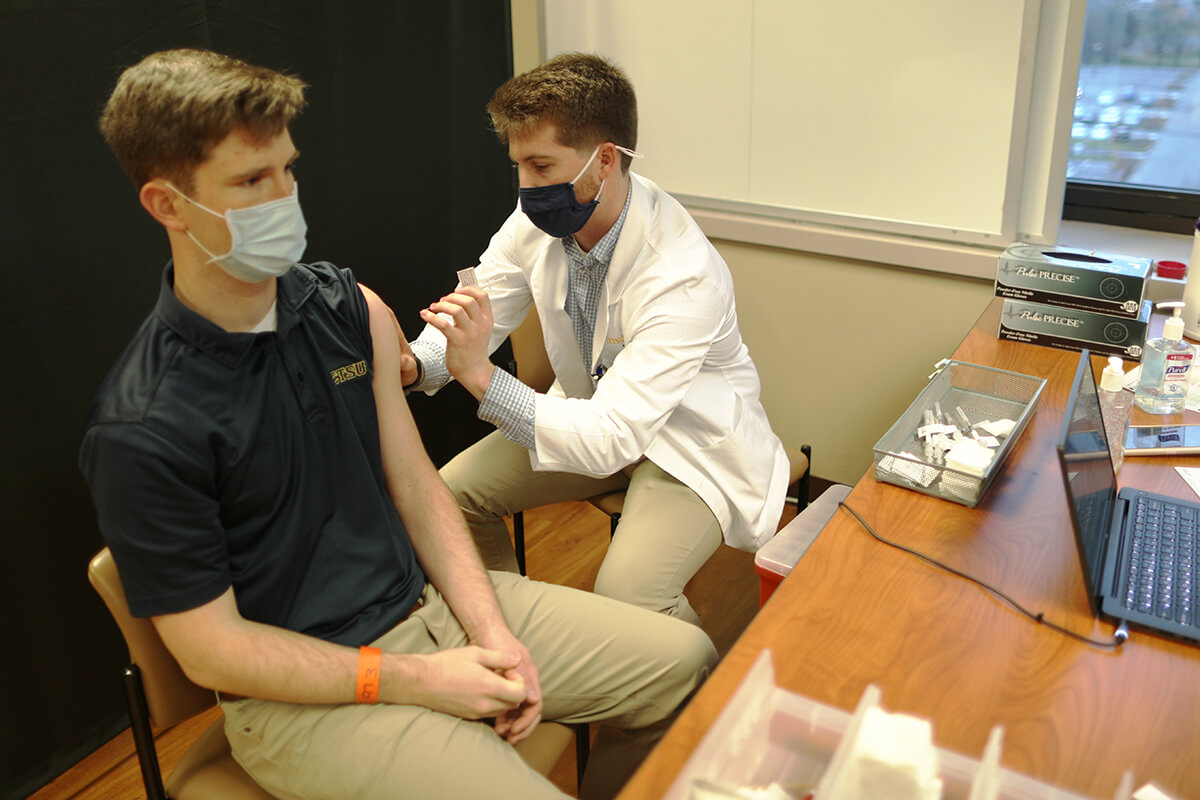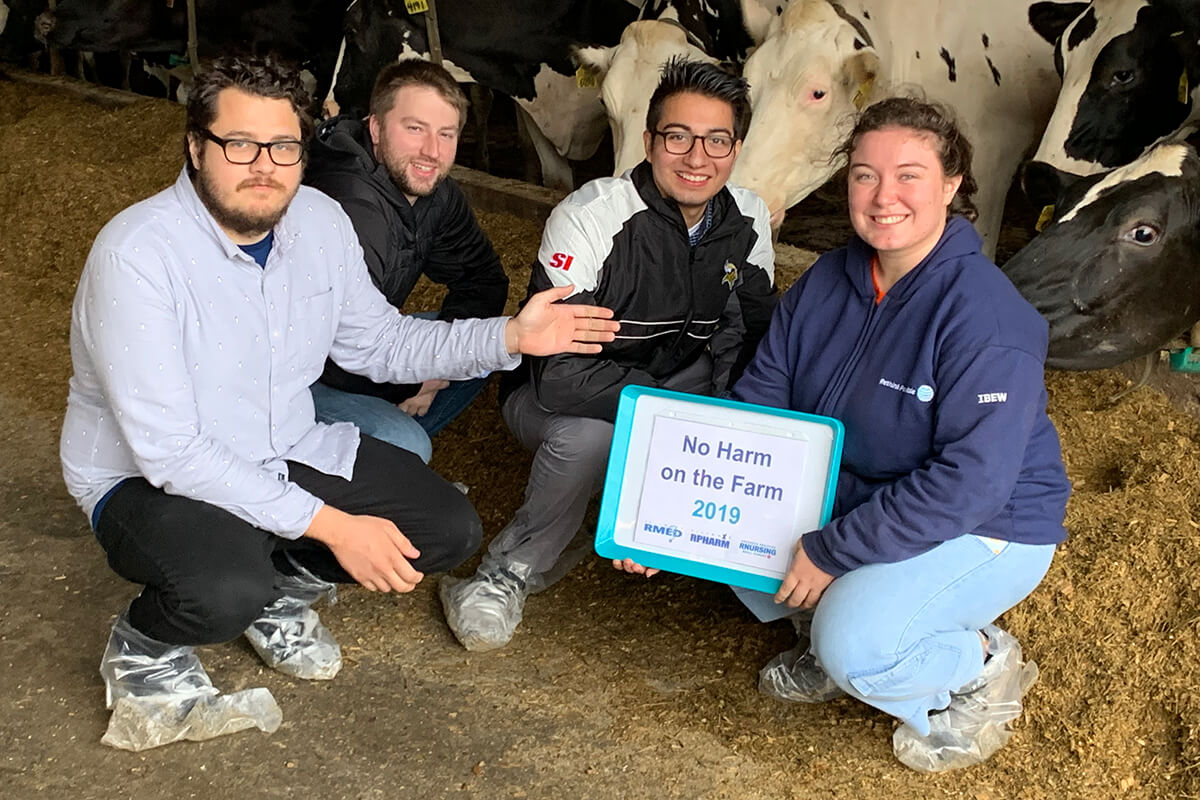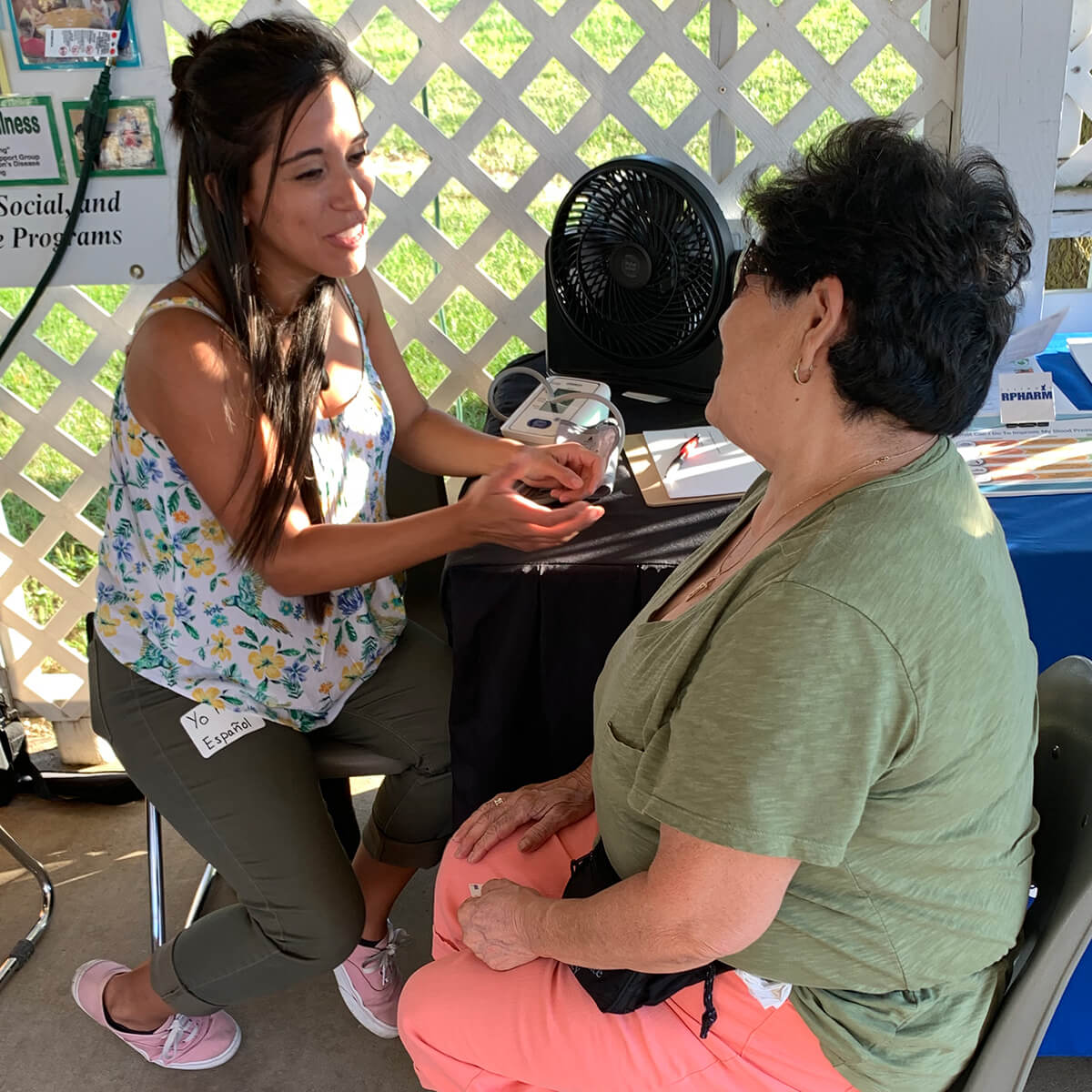Many pharmacy schools offer rural health concentrations to train student pharmacists to care for underserved populations.
By Joseph A. Cantlupe
In the heart of Appalachia, better, more accessible healthcare is needed for populations beset by higher poverty and disease rates than in other parts of the country. The leaders of East Tennessee State University (ETSU) Bill Gatton College of Pharmacy say they embrace this evolving challenge and want to pursue a commitment in the place they call home. “We’re right in the thick of Appalachia, and we focus on the rural and undeserved and improve lives of people in this region,” said Dr. Debbie C. Byrd, dean of the college of pharmacy, which is located in the South Central Appalachian region.
“One of the things that is unique is that we are attracting students from this geographic region and students are committed to this community and want to go back to the community to study and serve,” said Dr. Ralph Lugo, founding chair of the Department of Pharmacy Practice. “At ETSU, there has been a long history with the medical school of a rural primary care track that trains healthcare providers in this region.”
Rural Americans, who make up at least 15 to 20 percent of the U.S. population, face inequities that result in worse healthcare outcomes than that of urban and suburban residents. The rural health disparities, reflected in Appalachia, “are rooted in economic, social, racial, ethnic, geographic and health workforce factors,” according to the university. The healthcare challenges include lack of access to care, with fewer local doctors, and more remote locations.
With these deficits in mind, pharmacy schools believe that they can help bridge those healthcare gaps, and universities such as ETSU are taking steps to broaden their academic reach to bring in student pharmacists to focus on the specific needs of the communities. Other pharmacy schools are also bolstering their educational programs, including those in bigger communities that border rural areas. The result has been a keen interest among students, more of whom are drawn to the rural healthcare offerings that are constantly expanding.
Filling a Need
While Chicago may be one of the biggest cities in America, its suburbs flow quickly into rural parts of Illinois. The University of Illinois Chicago (UIC) College of Pharmacy has embraced rural pharmacy education at its campus 90 miles away in Rockford with rural pharmacy education program (RPHARM), part of the University’s National Center for Rural Health. Student pharmacists complete a concentration in rural pharmacy services, said Dr. Kevin O. Rynn, clinical professor and vice dean at the College of Pharmacy. Twenty percent of the student body is enrolled and about 60 percent of graduates with the rural pharmacy concentration practice in a rural community. In many cases, “they may be the only healthcare provider in the community, so they have to be a healthcare leader and step up to the challenge,” he said.
In Des Moines, Drake University’s College of Pharmacy & Health Sciences offers a Rural Health Initiative Program, an interprofessional certificate program designed to enable students to understand the value of and nuances faced by healthcare practitioners in rural settings, said Dr. Renae Chesnut, dean and professor. The pharmacy program also continues to have students complete experiential rotations in rural settings. “The pandemic has changed a lot of things,” Chesnut said, “but our students are still going to rural settings for their experiential education, practicing in pharmacies and hospitals that are open to serve their communities.”
These programs are becoming more popular and are attracting more students, with a focus on interprofessional teams drawn from other health profession schools, specifically eyeing the gap in care that the pharmacists can fill in rural communities. Over the past two years, ETSU’s College of Pharmacy has expanded its rural curricula under a rural health initiative strategic plan that specifically targets improved coordination among the academic community, hospitals and healthcare providers in the area. The idea, according to the school’s educators, is to nurture progressive, team-oriented pharmacists while improving healthcare in rural and underserved communities.

One of the school’s top initiatives is a partnership with Remote Area Medical (RAM) that allows student pharmacists to work with other healthcare professionals to provide care for patients. This care includes documenting medical histories, performing health screenings, providing education and helping patients navigate vision or dental care needs that they may have neglected. “Ninety percent of the U.S. population lives within five miles of a pharmacy,” said Dr. Emily Flores, associate professor of pharmacy practice. “The accessibility of a pharmacist is there. We’re trying to get our pharmacy students to help bridge gaps in rural healthcare and the disparities that exist.”
Since ETSU initiated the program, students have increasingly served hundreds of hours in rural underserved areas, she said. Even dealing with COVID-19 this past year, “our students served over 900 hours—and that’s just what they logged, they probably did more,” Flores said. “We’re making strategic partnerships and more specialized opportunities for students. All of our students have a set of competencies that they should achieve for rural care.”
About 97 percent of the pharmacy school’s APPE students completed at least “one rural and/or underserved experience” in 2019-20, Flores and her colleagues wrote in a poster describing the program. Each student completes a rural service IPPE of at least two hours in each of the first three years. Through its diverse programs, which include 15 health professional degrees within the school’s Academic Health Sciences Center, “we have an environment that expects collaboration,” said Dr. Brian Cross, associate professor and vice chair in the Department of Pharmacy Practice and associate professor in the Department of Family Medicine at the James H. Quillen College of Medicine.


